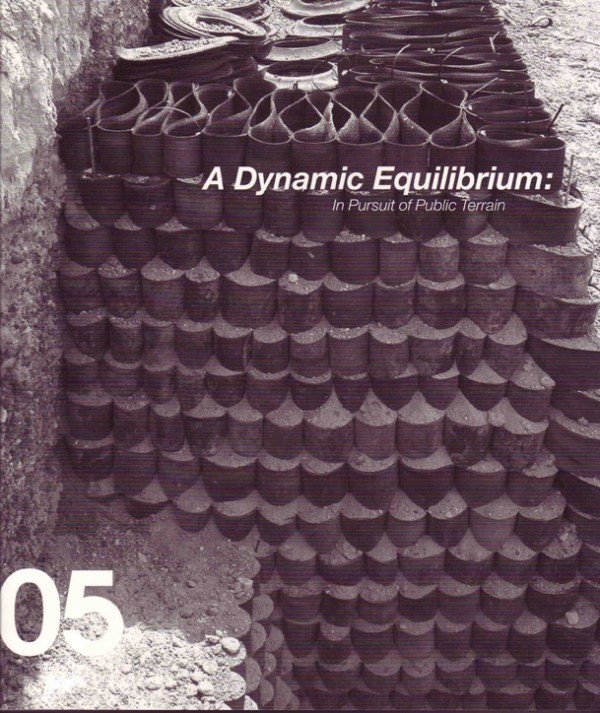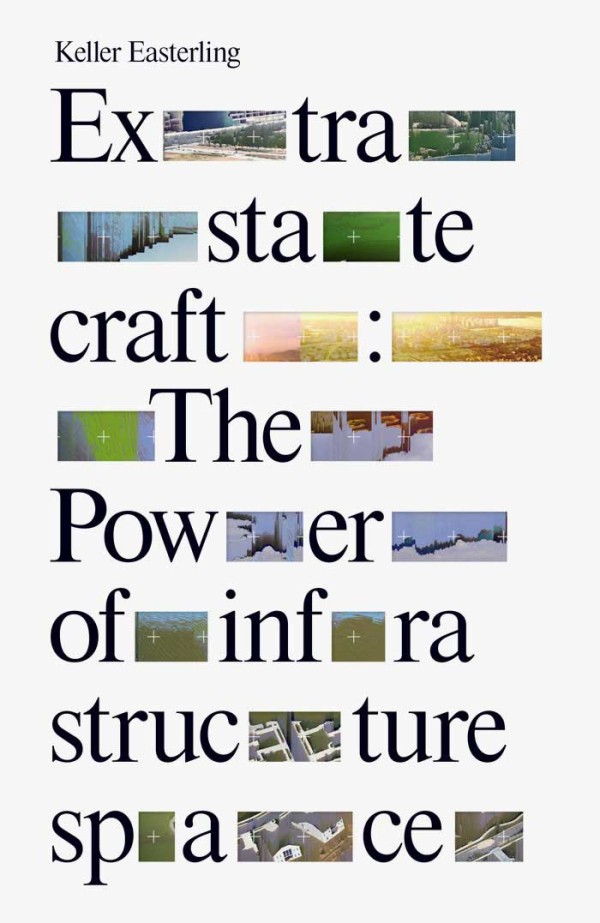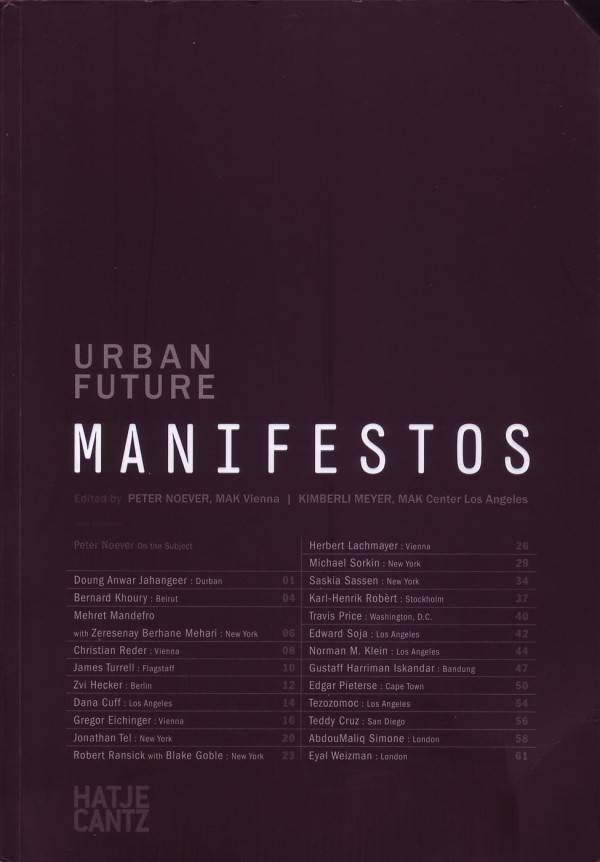Disposition
Deborah Hauptmann and Warren Neidich, eds., Cognitive Architecture: from biopolitics to noopolitics (Rotterdam: 010 Publishers) — 2010
Disposition is a familiar but nuanced word best understood by using it. Acquiring that understanding is similar to the way that disposition itself operates. Consequently, the word flourishes in common parlance and usually describes an unfolding understanding of temperament, relative position or tendency in either beings or objects. Francois Jullien has given the example of a round ball and an inclined plane as a situation possessing disposition — the potentials of a situation as they are associated with factors including geometry and position among many other things. Sugar is soluble in water. A student is recalcitrant. A barbituate induces rest. A subatomic particle spins in a particular way. A dog is aggressive. All of these are dispositions, tendencies, propensities or properties that are interacting with other factors. The latent potential is expressed as a quotient of action that exists without the need for the actual movement or event. Disposition locates activity, not in movement, but in relationship or relative position. The physical objects in spatial arrangements and infrastructure, static as they may seem to be, possess agency. While from some perspectives, this verges on the oxymoronic or supernatural, some of the most familiar practical encounters with physical material and organization are typically handled with dispositional expressions. Disposition, as the unfolding relationship between potentials, resists science and codification in favor of art or practice.







